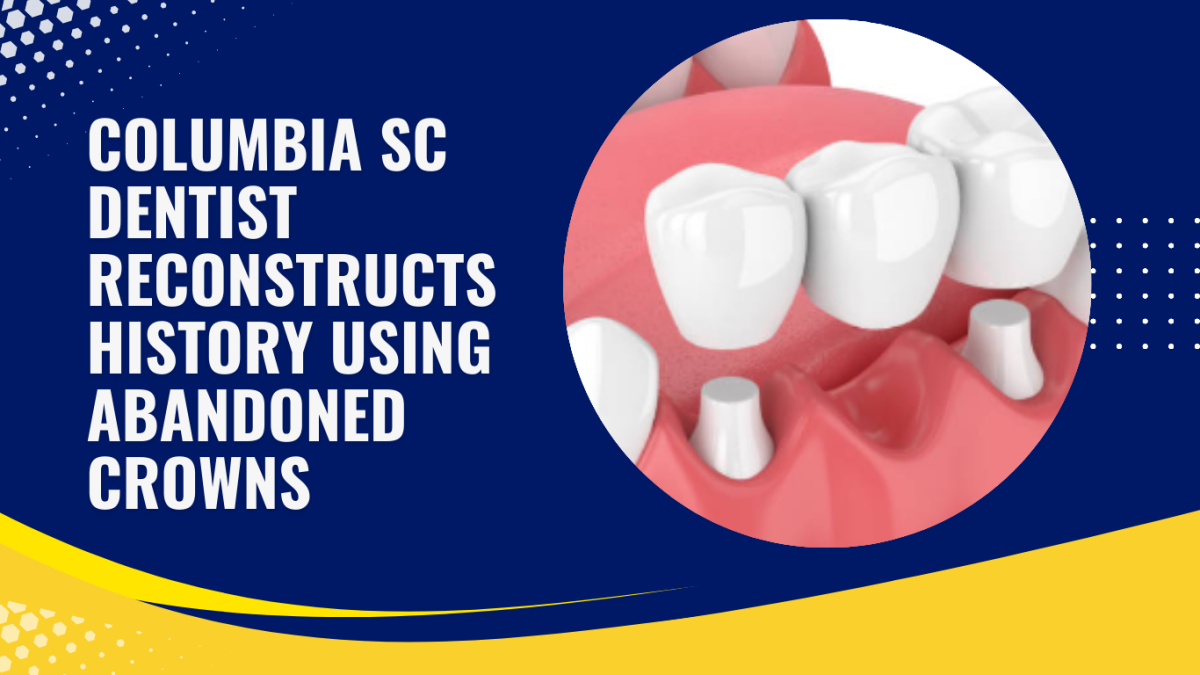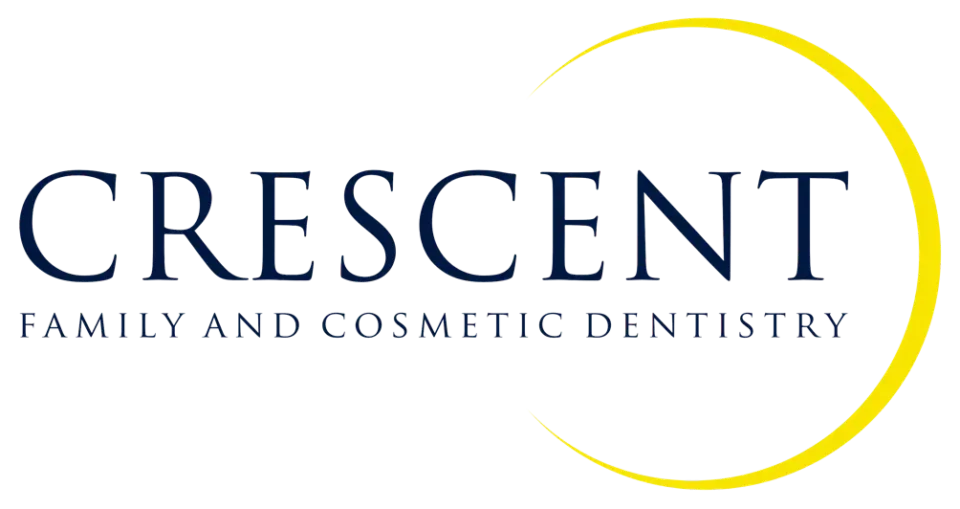Not every dental office ends up in the middle of a history project—but that’s exactly what happened at one Columbia, SC practice. While sorting through old dental materials, a local dentist came across a surprising collection of abandoned crowns—each with its own backstory.
What started as routine cleanup quickly turned into something more. The dentist noticed details in the crowns that hinted at older materials and methods, some dating back decades. Instead of tossing them, he started researching—and connecting dots between the dental work and Columbia’s local history.
These crowns, once headed for the trash, are now helping tell the story of changing dental practices, community health trends, and even the evolution of materials used across generations. It’s a mix of science, craftsmanship, and curiosity that’s bringing something unexpected to light—right from a box of forgotten dental work.
How can dental crowns be used to reconstruct historical timelines?
Dental crowns can be used to reconstruct historical timelines by providing valuable insights into the evolution of dental practices, materials, and technology. Here's how dental crowns play a role in this fascinating process:
- Material Evolution: The materials used to create dental crowns have changed significantly. Early crowns were made from gold, silver, or porcelain, while modern crowns may be made of more advanced materials like zirconia or composite resin. By studying the materials used in historical crowns, researchers can trace technological advancements and the shift toward more durable, aesthetic, and biocompatible options.
- Technological Advancements: Techniques for crafting dental crowns have evolved alongside advancements in dental technology. Early methods involved handcrafting each crown, while modern techniques often use CAD/CAM (computer-aided design/computer-aided manufacturing) technology for precision. By examining older crowns, historians can learn about the tools and methods used by dental professionals in the past, providing a snapshot of historical technological progress.
- Cultural and Societal Insights: Dental crowns can also reflect cultural and societal values at a given time. For example, the materials and designs chosen for crowns may offer clues about social status, wealth, or the availability of dental care in different historical periods. Crowns found in archaeological sites or historical dental collections can reveal much about the health and lifestyle of past societies.
- Dental Practices and Treatments: By studying the design and construction of dental crowns from different periods, researchers can reconstruct the practices of historical dentists. Crowns may indicate dental practitioners' knowledge and skill level in a given time, showing how dental care was approached and what treatments were considered effective.
In this way, dental crowns are not only functional devices but also artifacts that help piece together dentistry's history and give context to the broader technological, cultural, and social advancements over time.
Why did a Columbia, SC dentist start collecting abandoned dental crowns?
A Columbia, SC dentist began collecting abandoned dental crowns as part of a unique initiative to preserve the history and evolution of dentistry. Here's why the dentist embarked on this fascinating project:
- Passion for Dental History: The dentist had a deep interest in the historical development of dental practices. By collecting and studying abandoned crowns, they could explore how materials and techniques in dental care have evolved over the years, creating a tangible connection to the past.
- Educational Purpose: The dentist saw the potential to use these crowns as educational tools. By showcasing the evolution of dental crowns, they could teach students, dental professionals, and the public about the progression of dental materials, technology, and techniques. This would help future generations understand the roots of modern dentistry.
- Preserving Artifacts: Dental crowns, once considered waste or discarded materials, are now considered valuable historical artifacts. The dentist wanted to preserve these crowns, which represent advancements in dental care, for future generations, turning them into educational pieces.
- Fostering Innovation: By studying these abandoned crowns, the dentist could gain insights into the limitations and innovations of past dental practices. This knowledge helps bridge the gap between past and present, fostering ongoing innovation.
Through this collection, the dentist combined their love for history with their professional expertise, creating a unique initiative that celebrates the evolution of dentistry.
What can old dental crowns reveal about a person’s past?
Old dental crowns can reveal a wealth of information about a person’s past, shedding light on their dental health, the materials available at the time, and the social and cultural context in which they lived. Here’s what old dental crowns can tell us:
- Dental Health and Treatment: Crown type and presence can reflect oral health. Crowns were used to replace damaged or rotting teeth, and their placement can indicate how long a person has had dental troubles or how much dental treatment they have received. Crowns implanted owing to trauma or decay may indicate poor dental hygiene or lack of preventive treatment.
- Material and Technological Advancements: Crowns made of gold, porcelain, or silver show what dental technologies were accessible. Modern crowns are composed of porcelain or composite resins. However, gold crowns were popular in the early 20th century. This shows dental material and procedure advances.
- Social and Economic Status: The materials chosen for crowns also provide insights into a person's social status and wealth. Wealthier individuals often used gold or platinum crowns, while those with fewer resources might have chosen less expensive options like metal alloys or porcelain.
- Cultural Practices: In some cultures, dental crowns were used as adornments or cosmetic enhancements. Studying the types and placement of crowns can offer clues about cultural attitudes toward beauty and dental care.
Old dental crowns can tell a fascinating story about a person's lifestyle, health, and the evolution of dental care.
Is using dental artifacts a common practice in historical research?
Yes, using dental artifacts is a common and valuable practice in historical research, particularly in archaeology, anthropology, and the history of medicine. Dental artifacts, such as crowns, dentures, fillings, and other dental remains, offer unique insights into the lives of past populations. Here's why they are so important in historical research:
- Understanding Health and Disease: Dental remains provide crucial information about the overall health of past populations. Researchers can study dental artifacts to learn about common dental diseases, such as cavities, periodontal disease, and tooth loss. These artifacts can also reveal the prevalence of certain conditions, which helps researchers understand the health challenges specific cultures or societies face.
- Social and Economic Insights: The materials and quality of dental work, such as the use of gold, porcelain, or other materials for crowns, dentures, or fillings, can indicate an individual's social and economic status. Wealthier individuals might have access to more advanced dental care, while others might have resorted to more rudimentary or less expensive treatments.
- Cultural and Technological Practices: Another area of study is the evolution of dental techniques and tools. The types of materials and methods used for dental restoration reflect technological advancements and cultural attitudes toward dental care at different times in history.
In short, dental artifacts provide researchers with valuable information that complements written records and other archaeological finds, helping to create a more comprehensive understanding of historical societies.
We See More Than Smiles—We See Stories
Who knew a few forgotten crowns could tell such a rich story? At Crescent Family and Cosmetic Dentistry, we’re proud to bring that same level of care, curiosity, and attention to detail to every patient we treat.
Whether it’s a routine checkup or advanced restorative work, we take pride in understanding the full picture—because every tooth has a past, a present, and a future. We don’t just treat teeth—we get to know the people behind them, and we’re always looking for ways to connect the science of dentistry with the lives it impacts.
If you’re looking for dental care that’s thoughtful, thorough, and rooted in community, come visit us at Crescent Family and Cosmetic Dentistry. We’re here to help you feel confident in your smile—and maybe even share a few stories along the way.




